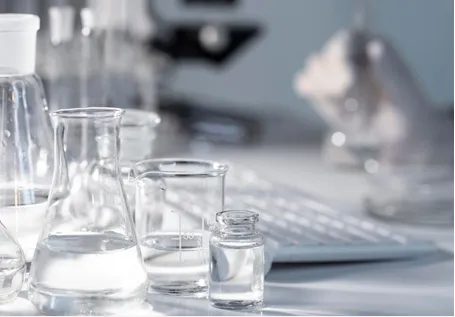The Role of Plastic Fillers in Modern Manufacturing
Plastic fillers play a crucial role in the manufacturing and processing of plastic materials. These additives, commonly derived from natural or synthetic sources, are integrated into plastic formulations to enhance various properties and reduce costs. By understanding the role of plastic fillers, manufacturers can optimize their products for better performance, durability, and aesthetic appeal.
One of the primary functions of plastic fillers is to improve the mechanical properties of the base resin. Fillers such as calcium carbonate, talc, and barium sulfate are often used to increase tensile strength and impact resistance. By reinforcing the plastic matrix, these fillers help products withstand external forces without compromising their structural integrity. As a result, products such as automotive components, consumer goods, and industrial parts benefit from enhanced performance.
In addition to mechanical improvements, plastic fillers can also impact the thermal and electrical properties of the final product. For instance, certain fillers can improve thermal stability, making plastics more resistant to heat and deformation. This is particularly advantageous in applications like electronic housings, where heat resistance is essential for operational efficiency. Similarly, fillers like graphite can render plastics electrically conductive, making them suitable for specific applications in electronics.
plastic fillers

Cost efficiency is another significant advantage of using plastic fillers. By incorporating fillers into plastic formulations, manufacturers can reduce the amount of expensive resin needed, resulting in lower production costs. This is particularly beneficial in large-scale manufacturing where profits are tightly linked to material costs. Furthermore, using fillers can affect the density and weight of the end products, allowing manufacturers to create lighter components without sacrificing quality.
Aesthetic properties also play a role in the popularity of plastic fillers. Fillers can enhance the appearance of plastic products by providing a smooth finish or enabling vibrant colors when dyed. This is vital in consumer-facing products, where visual appeal can dictate purchasing decisions. Additionally, the use of fillers can improve surface properties, such as scratch resistance, contributing to the overall durability of products.
In conclusion, plastic fillers are indispensable in modern manufacturing, contributing to improved mechanical properties, cost efficiency, thermal and electrical performance, and aesthetic appeal. As industries advance and the demand for high-performance materials grows, the role of plastic fillers will continue to evolve, offering exciting possibilities for innovation in plastic applications.

